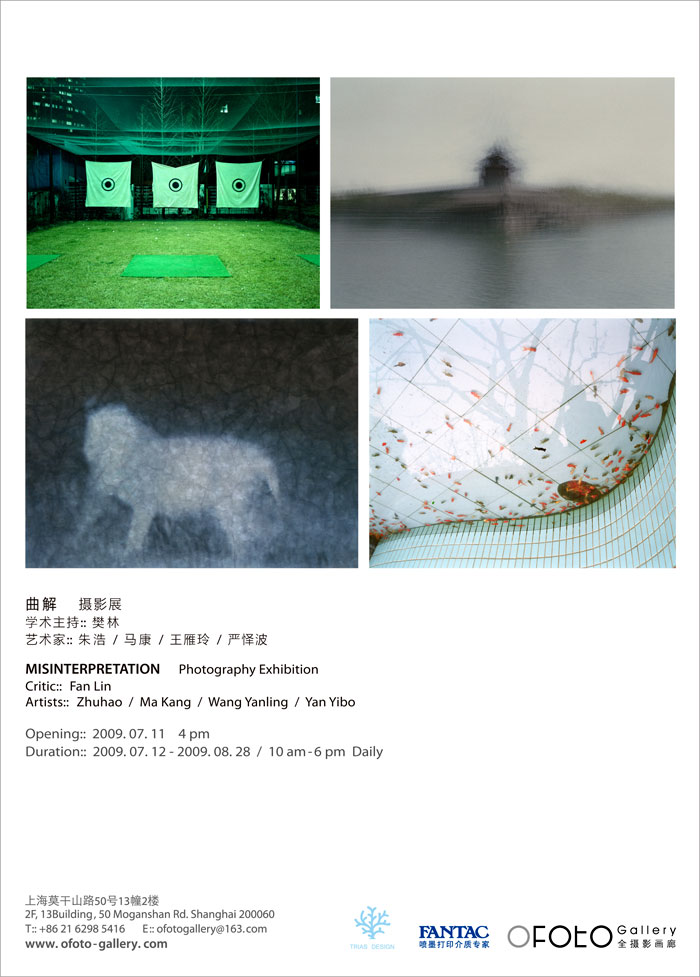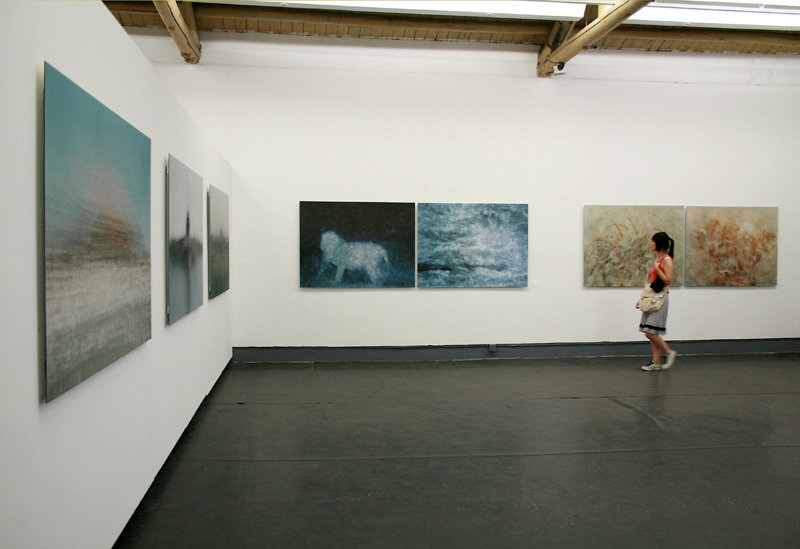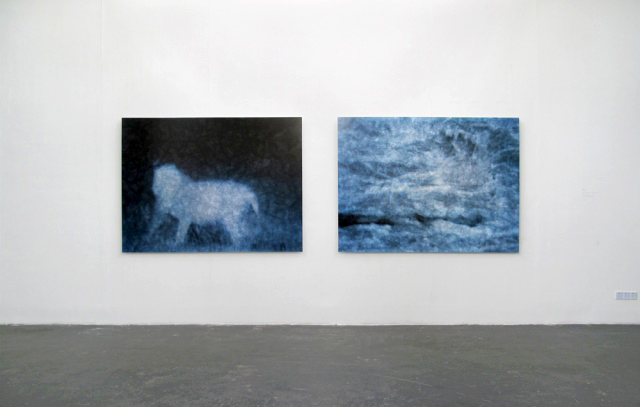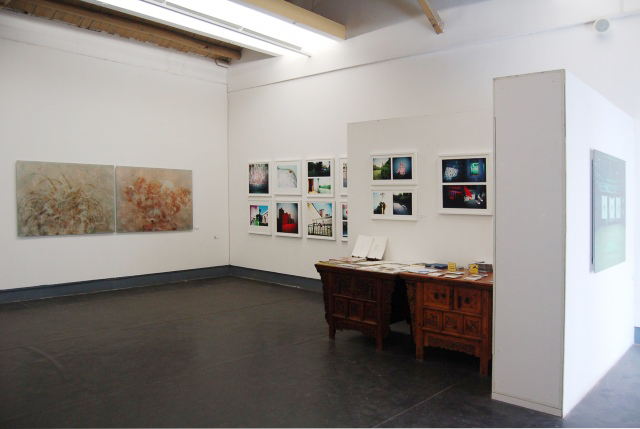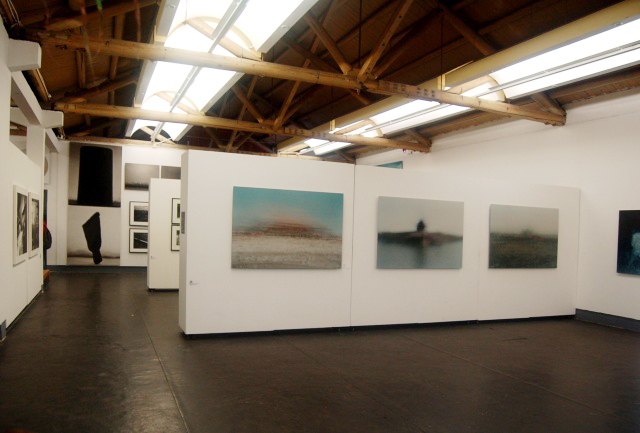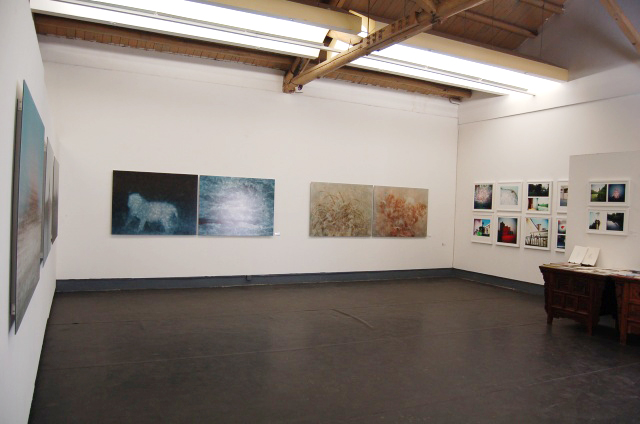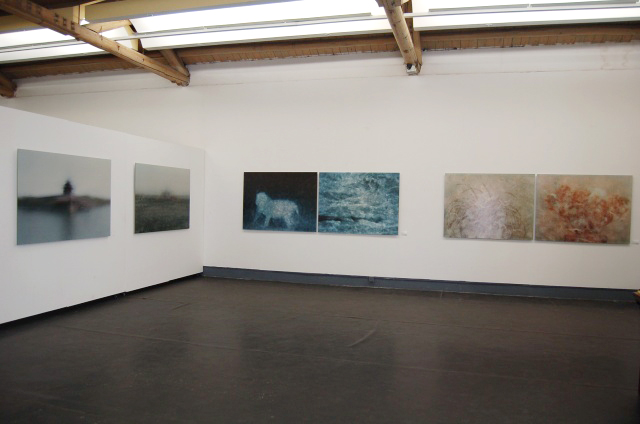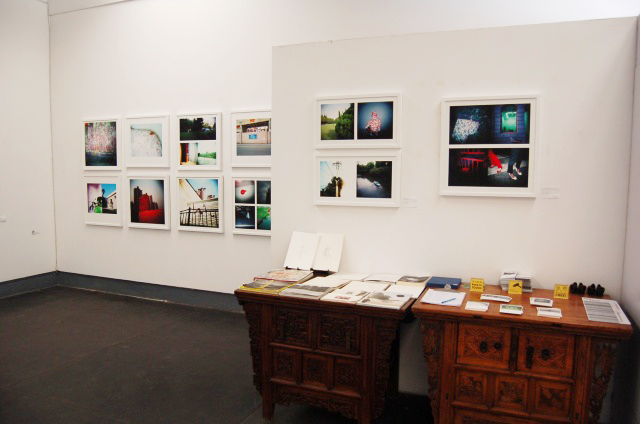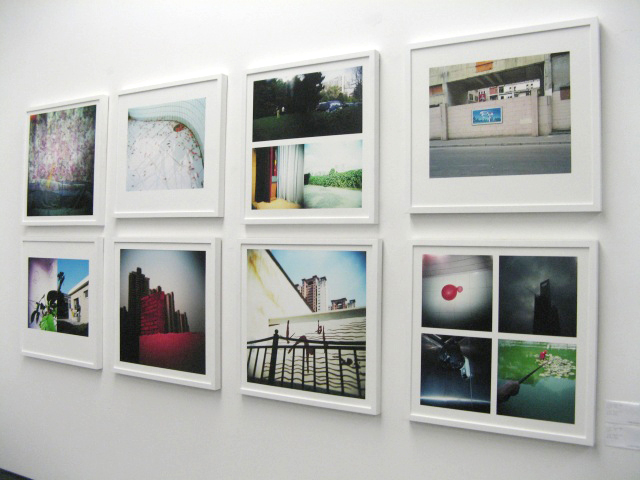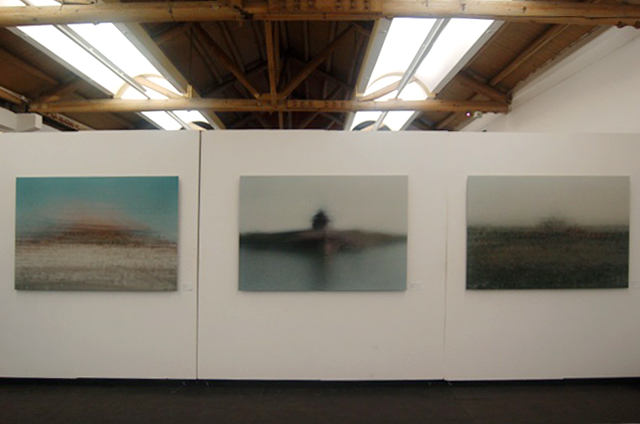Misinterpretation
Fan Lin
In most circumstances, we have certain expectations of photographs. We usually assume that the image’s point of departure is that of a universal understanding of the world. Through viewing the image, we can expect to obtain some appearance of significance. Bearing this in mind, historical pictures provide a ‘picture book’ of historical facts, portraits are concerned with the documentation of human figures and landscapes are the manifestation of actual scenes. The key element of photography as both method and product is often seen as the documentation of reality. In general, the specific expectations that we make of photographs allow the parts that we have no way to penetrate in detail to be revealed in their completeness, to satisfy our desire to understand, indeed curiosity.
As time lengthens, the wonder engendered by individual pictures and the pursuit of ‘reality’ integral to photography together construct a tired aesthetic. With the addition of the emergence of a large quantity of photography in present times, we have, without paying attention, developed a sense of inertia when looking. Photography also evolves to become a part of an everyday, easy lifestyle. In the eyes of some photographers, the aim, to pursue a sense of authenticity, is even more important than taking interesting, pleasant photographs.
Unwilling to submit to the forms of the past as well as what on the surface seems integral, their pursuit of reality makes these few photographers happen to coincide whilst walking their respective paths. Their paths interweave faintly, as if striving to break away. From the pictures, am I attempting to understand what exactly has been concealed? What is being explored? Or simply to reconstruct another world?
Each person has captured his or her own viewpoint; looking at things, the city, life. From the appearance of the pictures, the object of the photograph, the style of other photographers and the scenes of life are all held at a distance. Through individual ways of misinterpreting, including one-sidedness, an extremely detached viewpoint is created. It is exactly this distance that transfers a kind of ‘piercing’. Triviality and lack of coherence, can bring about freshly-constructed perspectives of examination.
As a long-term city dweller, Zhuhao is clearly fully familiar with the rhythm and structure of the city. Through unexpected encounters, he is able to intimate to us seemingly incidental, haphazard scenes. These are the scenes of life which we meet solely through accidental encounters but cannot find through searching. These fragmented scenes reveal the destruction of life. As the earth degenerates, gradually losing colour and lustre and humankind, in turn, is tarnished, it is hoped that scenes of this nature are sufficient to capture some tranquility, some poetry, and even more so, to capture instances of the layers of real life in the city as well as the atmosphere of the bizarre.
Ma Kang’s ‘Forbidden City’ reflects an entirely different impression of the buildings of the Forbidden City to that of the general multitude. Whilst there is not necessarily a strong contradiction between the fixed historical image and the experience of the individual, Ma Kang’s oscillating scenes cause the viewer to doubt his or her perceptions. This treatment is clearly intended to establish a new approach. In this undulating condition, previously weighty history is renewed. In this case, what is ‘individual’ is ‘political’. This applies especially to Ma Kang’s depiction of Tian’anmen.
When mulling over the details of the image production process, I even develop slight suspicions. From method to concept, Wang Yanling’s images are all related to the insistent nature of the individual. The original forms and shapes are made of secondary importance. Her illuminating talent emerges as a result of her profound understanding of painting media. Following the disintegration and abrasion of the entities within the images, all associations with these entities are lost. Might the words of William Butler Yeats; ‘All changed, changed utterly: A terrible beauty is born’ roughly correspond to this? Of course, what is missing as we enter ‘into the blue’ is a state of normality. What is demonstrated here is the artist’s own ‘misinterpretation’.
Yan Yibo strives to avoid creating subtle connections between his photographs. The more he works in this way, the more his work attracts people to guess at and to imagine, exactly where is he leading us? Indeed, each time we view the same work, we are given a different feeling. Through his lens, life itself is incomplete, accidental, even peculiar. When compared with fresh and extremely beautiful pictures, the specificity of life is to be found in the slightly witty and peculiar reality and indistinctness.
Surrounded by these works in a gallery, we might choose to ask ourselves, what is the normal state of affairs in life? What kind of determination and experience is required to misinterpret normality? The painstaking nature of this misinterpretation is related to life in the city, the attitude towards objects. These photographers certainly know where those things which have never yet emerged in pictures can be found, waiting for different eyes, different cameras, different photographers who will lead them forth. This kind of misinterpretation requires an explosion of creative energy as well as each respective method.
Translation: Nicola Kielty
